As this pandemic necessitates the use of digital technology as a medium of contact, the primary care sector has witnessed some major changes in both patient and GP behaviour.
In a normal week in England about 5 to 6 million patients will have an appointment with their GP practice (according to NHS Digital’s GP appointment data). A little over half will see their GP, the rest will see another staff member. About eight out of 10 of those meetings will happen face to face.
We are no longer in normal times and, in response to the risk of transmitting coronavirus, NHSE have pushed for far more of those appointments to happen over the phone or online.
At askmyGP we have been promoting a total triage approach to GP appointments for several years and monitoring how that works in real time. This has given us a detailed insight into how behaviour has changed as concern about the virus has spread and as NHSE advice has been implemented.
The askmyGP process has always been based on the idea that all incoming requests should be triaged before the practice decides how to respond. Those requests can arrive online (where the patient answers simple questions about their problem and how they want the GP to respond on a secure web page or phone app) or by telephone (where the receptionist records the same information into the practice workflow). Our practices usually handle all incoming requests using askmyGP.
One of the first changes we noticed was in how patients choose to contact their practice. In January 2020 about 32 to 35 per cent of all incoming requests arrived by telephone. This proportion started to drop early in March and is now around 23 per cent with the slack taken up online.
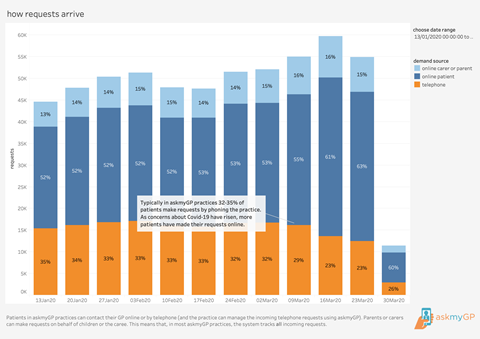
We noticed an even bigger change in how patients wanted their practice to respond and in how GPs were choosing to respond to requests. In January around 31 per cent of patients requested a face to face appointment and roughly the same number got one.
But that preference started dropping mid-March and in the week starting 23 March it had fallen to only around 4 per cent. The number requesting a response by telephone increased and the number requesting an online message grew substantially. There were similar changes in how GPs chose to resolve the requests.
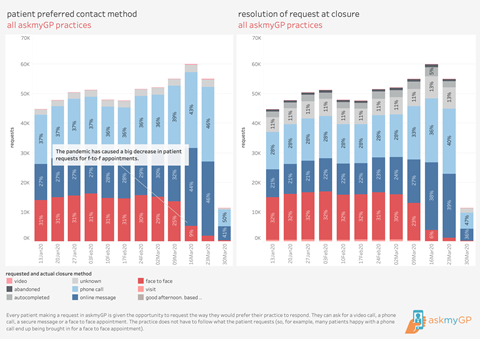
This is a huge and unprecedented change in behaviour in a short time. It has helped GPs to offer an even faster service, median completion times speeding up over 40 per cent to 97 minutes, with an increase in patient satisfaction. We suggest it demonstrates the value of a total triage approach to handling patient requests in primary care, as now advocated by NHSE for all practices.
We hope that our data can help the system monitor how primary care services can adapt to the difficult circumstances they currently face.
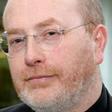






















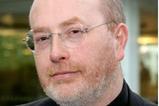
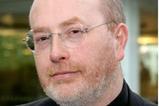







2 Readers' comments